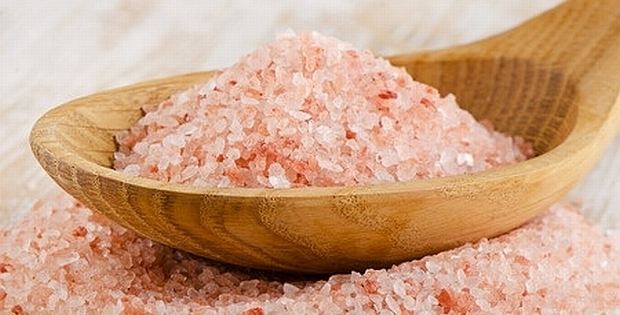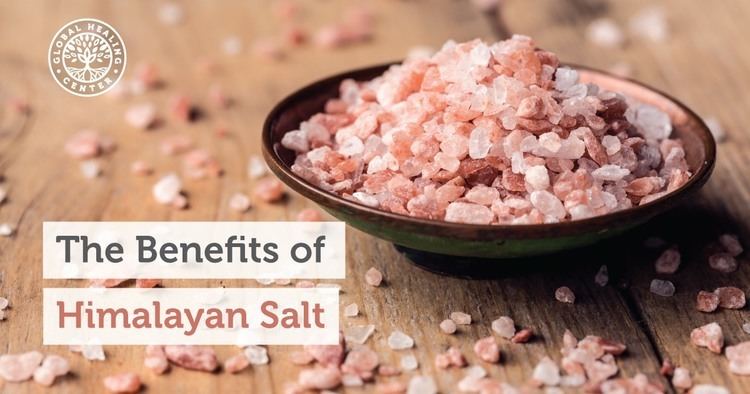 | ||
Similar Table salt, Sea salt, Kala namak, Kosher salt, Chia | ||
These amazing things happen when you eat himalayan salt
Himalayan salt is rock salt or halite from the Punjab region of Pakistan. It is mined at the Khewra Salt Mine in Khewra, Jhelum District, Punjab, which is situated in the foothills of the Salt Range hill system in the Punjab province of the Indo-Gangetic Plain. It is located approximately 310 kilometres (190 mi) from the Himalayas, 260 kilometres (160 mi) from Lahore, and 298 kilometres (185 mi) from Amritsar, India.
Contents
- These amazing things happen when you eat himalayan salt
- Mineral composition
- Cooking
- Bath salts
- Salt lamps
- References
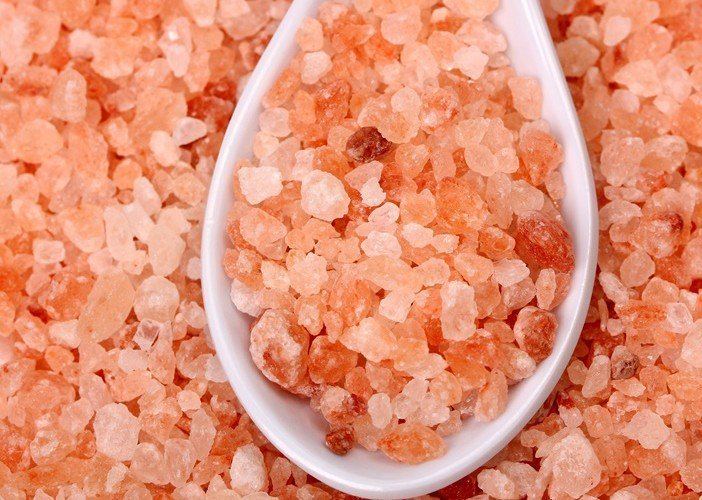
Mineral composition
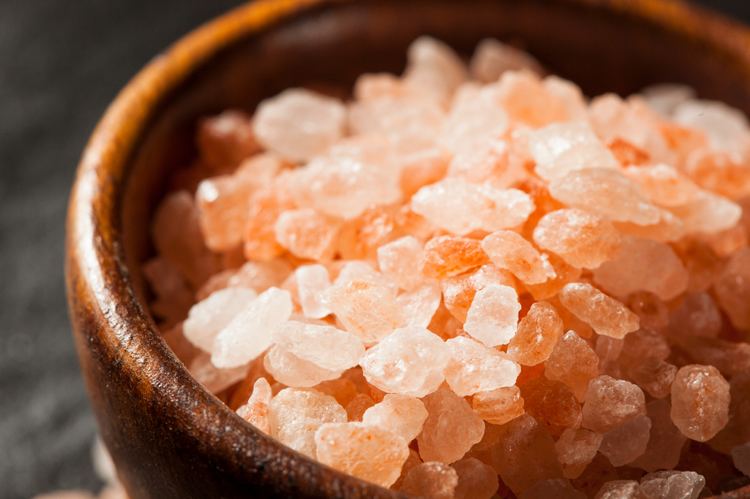
Himalayan salt is chemically similar to table salt plus mineral impurities. It consists of 95–98% sodium chloride, 2–4% polyhalite (potassium, calcium, magnesium, sulfur, oxygen, hydrogen), 0.01% fluoride, 0.01% iodine, and micro-amounts of numerous trace minerals.
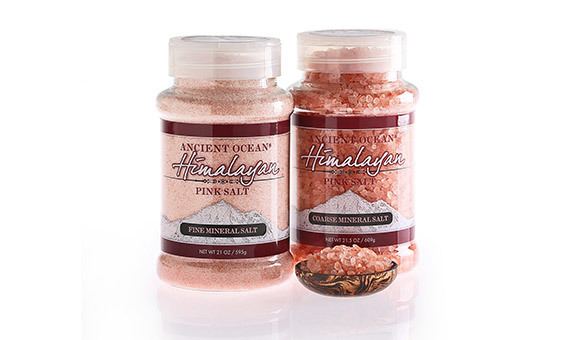
The salt crystals have an off-white to transparent color while impurities in some veins of salt give it a pink, reddish, or beef red color
Cooking
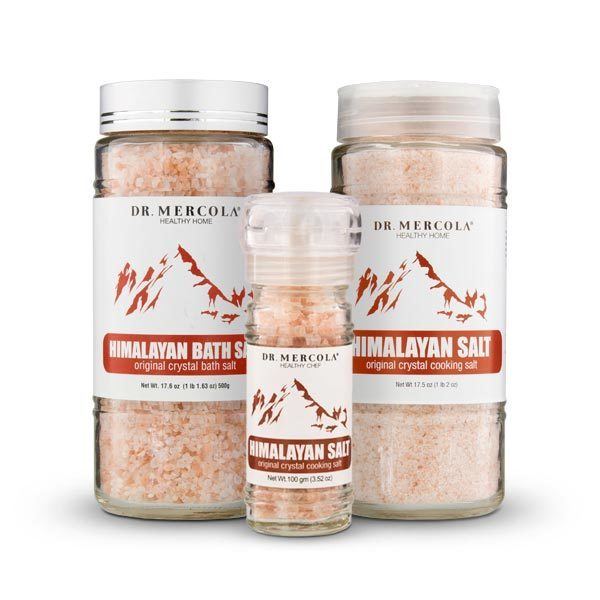
It is commonly used in cooking, in place of other table salt, in brine. Numerous claims have been made concerning ingestion of himalayan salt, but there is no scientific evidence that proves it provides more health benefits compared to common table salt.
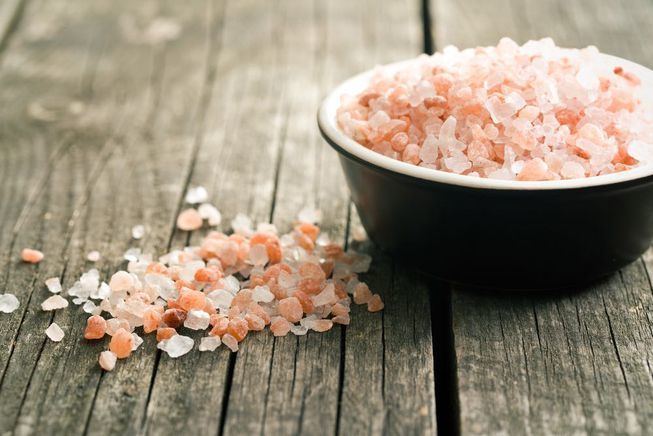
Blocks of salt are also used as serving dishes and in the preparation of food. Fish and some meats can be preserved for use in certain dishes, and blocks of salt can be slowly heated to a temperature of around 200 °C (392 °F) and used as a cooking surface thereafter.
Bath salts
It is sometimes used in bath salts.
Salt lamps
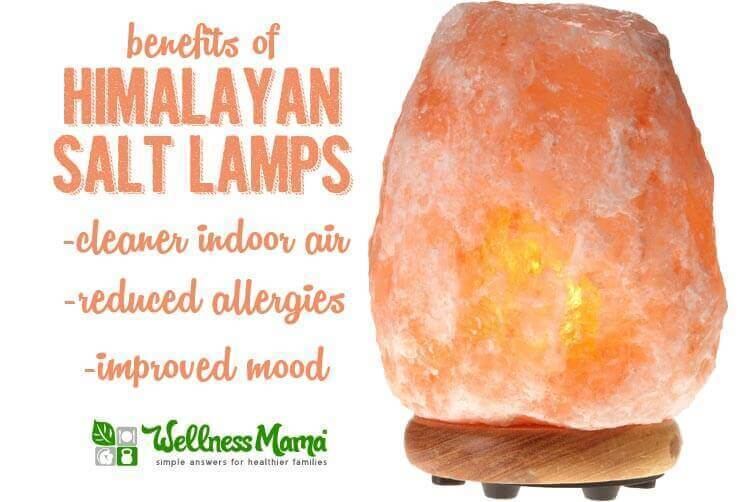
A salt lamp consists of a large salt crystal, often colored, and lit with an incandescent light bulb, LED, or candle inside. Most of such lamps on the market are made of coloured salt rocks mined in Poland (Kopalnia Soli Kłodawa), Pakistan (the area of Punjab), and Iran (Esfahan).
The lamps give an attractive glow and are suitable for use as nightlights or for ambient mood lighting.
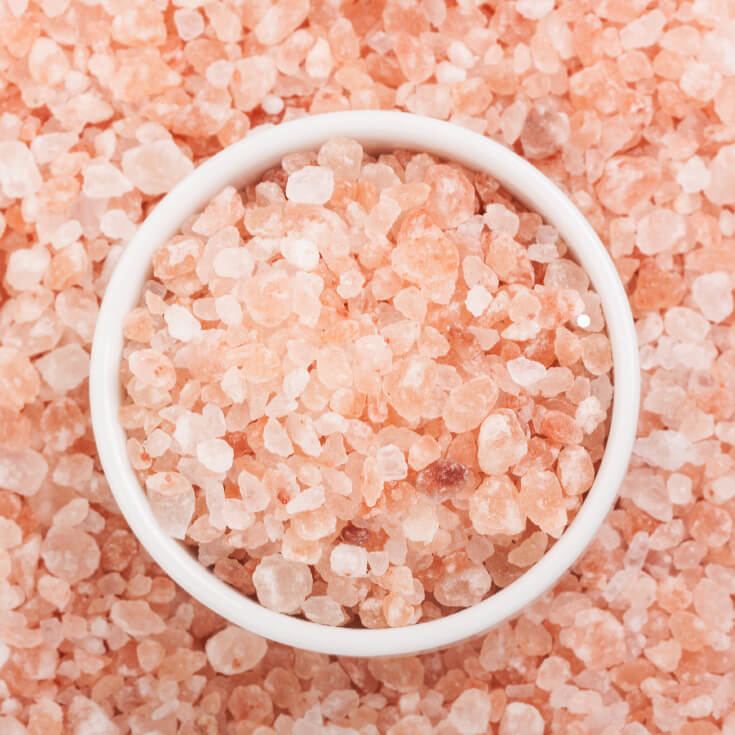
Numerous claims have been made concerning salt lamps, but there is no scientific evidence that prove these beliefs or benefits.
